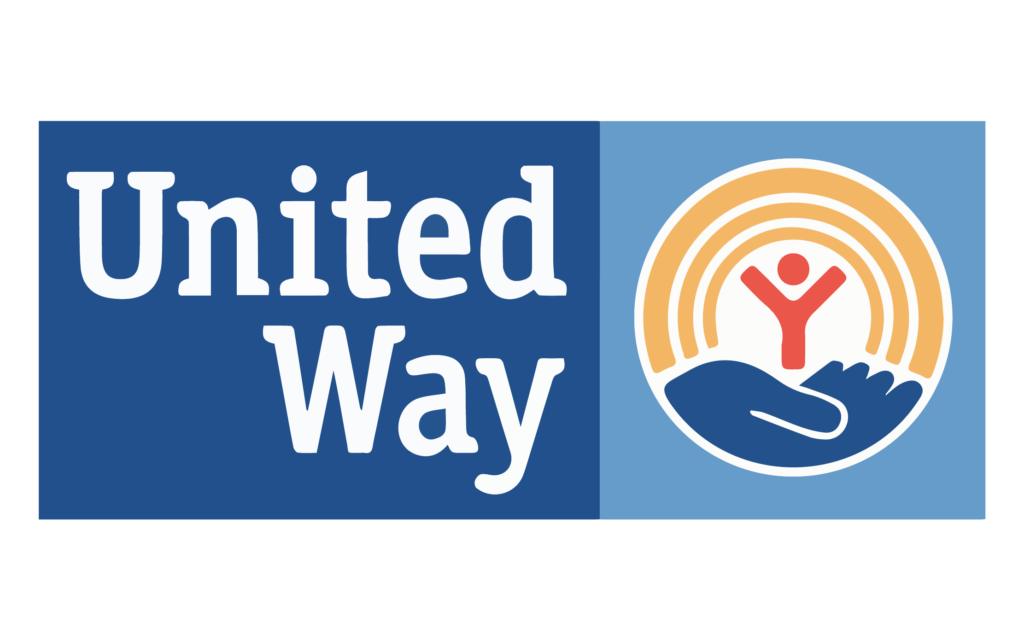- 87% of trafficking victims interact with medical professionals while they are being trafficked. They may be doctors, nurses, EMTs, physical therapists, counselors, etc., but these medical professionals are first responders to the crime of sex trafficking — and often the only responders a victim will ever interact with.
- 80% of those individuals that seek medical attention go to an emergency room. Medical personnel in emergency rooms are particularly equipped to identify, report, and even prevent sex trafficking simply due to the likelihood of encountering victims and survivors. In particular, forensic nurses who handle sexual assault and abuse cases are key players in the fight to identify victims.
- Only 1% of these trafficked individuals will ever be identified. In most cities, identification is less than one percent. There are hundreds, if not thousands, of people trafficked in every town across the United States every day. Very few of them will be identified as victims of trafficking, and even fewer will have access to the resources they need to begin recovering.
Sex trafficking in the United States is an epidemic that shows no signs of slowing down. Hundreds of thousands of individuals are trafficked and exploited every day in the United States. Of the one percent that is identified, 80% will be revictimized by the same or a new trafficker. Only five percent of those survivors who leave sex trafficking will have access to the resources they need to find freedom, healing, and hope for a future.
These numbers demonstrate the tremendous need for identification training in healthcare settings. The chances are high that a victim of sex trafficking will encounter at least one medical professional while being exploited, and survivors regularly report that there were dozens of opportunities for a nurse or a doctor to recognize the signs. When these signs are missed or ignored, victims are denied an opportunity to be seen and helped to freedom.
For medical professionals, the first step is to learn the signs of sex trafficking and how victims may present in their specific fields of expertise. For ER nurses, for example, victims of trafficking may present as a sexual assault case. For pediatricians, victims may appear as quiet, fearful children too small for their age. Dentists may notice an ongoing lack of oral hygiene, and OBGYNs may notice a consistent pattern of sexual trauma or sexually transmitted infections. Unfortunately, some victims of sex trafficking may present with no unusual symptoms and receive care without their doctor ever suspecting that they are being exploited.
In all of these cases, medical professionals must first be trained on the signs and symptoms of sex trafficking. Secondly, they must understand how to ask questions in a way that encourages survivors to share more information about the violence they experience. Third, they must be prepared to offer the appropriate support and resources to the survivor. For minor survivors, these resources may look very different than those for adult survivors, and all cases should be handled with trauma-informed methods. Healthcare professionals must be equipped to investigate and refer suspected cases of sex trafficking in every area of patient care to ensure that another opportunity for identification and freedom is not missed.
The medical needs of survivors of trafficking can last for a lifetime. While this is particularly important for primary care doctors to understand, it also has significant implications for a survivor’s ability to obtain healthcare services.
The survivors that are able to live in a safe home program often have access to medical care even if they do not have health insurance. Many safe homes partner with generous medical professionals, who donate their time and expertise to care for these individuals. Unfortunately, survivors outside of safe homes, even those who have graduated from programs, often struggle to find providers that accept their insurance.
On top of that challenge, most insurance will not cover treatment they deem unnecessary, which includes many of the treatments associated with sex trafficking. Since research and legislation is currently so minimal concerning the long-term effects of a trafficking experience on a survivor’s body and mind, insurance companies do not consider many of the chronic conditions survivors have as related to their experience and refuse to cover treatment related to those conditions. This problem leaves survivors without medical care they need to live, with many being unable to work or participate in other activities.
The truth of the healthcare for survivors problem is that hundreds of thousands of victims of trafficking are going unnoticed, and those that are noticed are often left without the care they need. There is an immense need for basic training for all medical professionals to help address the immediate need for identification, but much of the change will come from legislative and institutional change. Insurance companies, hospitals and clinics, and state governments need to accept the challenge to begin tearing down walls. Without extensive change through intentional action, hundreds of thousands of survivors of sex trafficking will continue to be forbidden access to the care they desperately need to rebuild their futures in healing, hope, and freedom.
For additional resources for healthcare professionals, visit:
https://safehouseproject.org/resources
https://healtrafficking.org/resources/pearr-tool/
Safe House Project
At Safe House Project, we are committed to helping survivors reclaim their lives. If you or someone you know needs assistance, don’t hesitate to reach out. You can support our mission to end human trafficking by making a donation today. Together, we can make a difference and offer hope to those who need it most.








